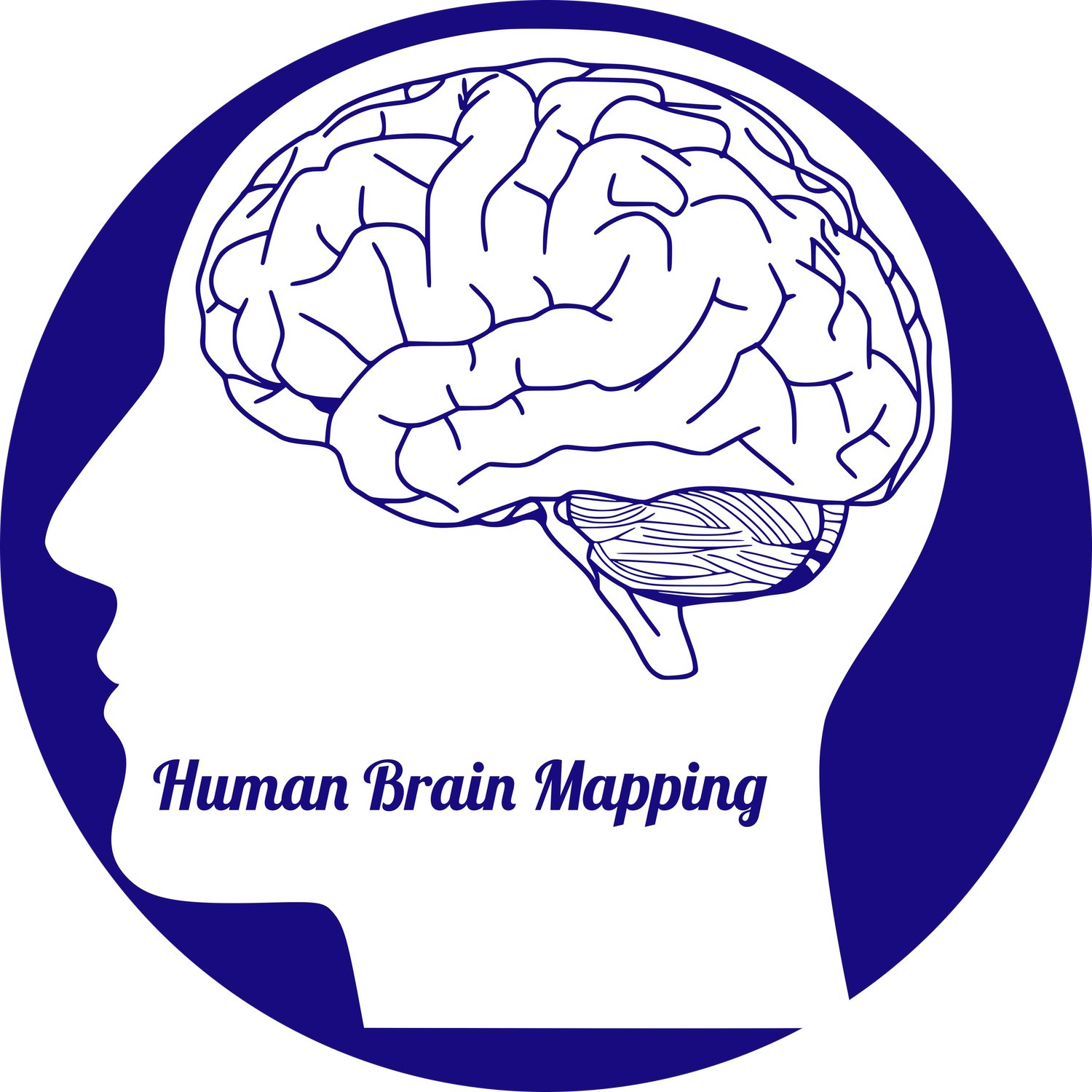Brief history of electrical cortical stimulation: A journey in time from Volta to Penfield
By Isitan C, Yan Q, Spencer DD, Alkawadri R
Interesting to know that major advances in studying the brain were incentivized by parallel advances in electromagnetism and vice versa. Of interest, Aldini’s experiments shown below are not far in the outlook from what we’ve conducted here, the scope, questions, and means available are without a doubt different and probably ahead. A draft version of the full article can be found here.
The study of electromagnetism was incentivized by a debate between Volta and Galvani over the origin of electricity in the frog leg experiment. Aldini’s stimulation of bodies in defense of his uncle Galvani’s views is the first known electrical stimulation in humans.
• Bravais, Todd, Jackson, and Broca’s contributions were based mainly on clinical observations rather than electrical cortical stimulation.
• Victory Horsley was the first to use electrical stimulation in the operating room to ascertain the localization of epileptic foci decades before the discovery of the EEG.
• Victor Horsley paved the way to mapping the first detailed homunculi by David Ferrier in animals, then by Harvey Cushing in humans, before Wilder Penfield introduced electrical cortical stimulation to the mainstream of surgical care.
Parallel advances in instrumentation were made from the Leyden jars (1745) to present customizable current-controlled stimulators.



